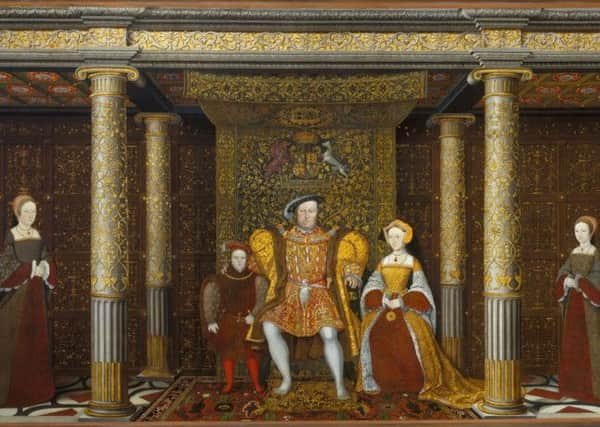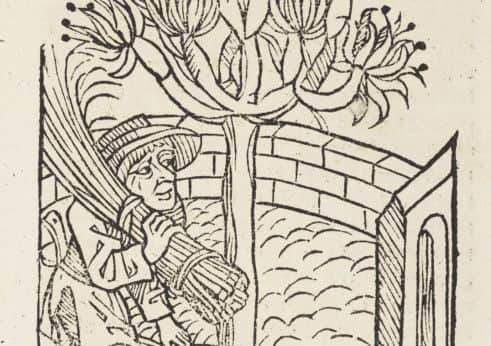First gardening book was a hit for Henry VIII


Henry VIII, the Tudor monarch whose reign was characterised by fear and ruthlessness, relished a spot of gardening when not embroiled in conflict, a newly discovered 14th-century tome suggests.
The book, acquired by Henry for his library, reveals a number of tips and guides for budding horticulturalists, as well as monarchs looking to spend some quality outdoors time.
Advertisement
Hide AdAdvertisement
Hide AdThe manual, regarded as the first of its kind in the world, is thought to have provided the inspiration for Henry’s lost garden at Whitehall Palace.


Although the discovery alone will not rehabilitate the king’s image, it provides a surprising insight into how he spent his time when not engaged in religious upheaval and bitter divorces.
The book, Ruralia Commoda, was written in Latin more than 700 years ago by Petrus de Crescentiis, a wealthy lawyer from Bologna in Italy. It entered the king’s library after the death of its previous owner, the king’s chaplain, Richard Rawson, in 1543, four years before Henry’s own death.
It contains an encyclopedia of advice, some of which might appear off the wall to modern-day gardeners.
The tips include: cucumbers shake with fear at thunder; squash will bear fruit after nine days if planted in the ashes of human bone and watered with oil; and planting ingredients including a radish and lettuce seed inside a ball of goat manure will result in tasty lettuces.
Published between 1304 and 1309, the book also includes a section on how to create a royal garden – leading to suggestions that it may have provided inspiration for Henry VIII’s legendary lost garden.
The book will be one of the artefacts on display in an exhibition of some of the earliest and rarest surviving records of gardens and plants from the royal collection at Buckingham Palace in March.
The curator of the exhibition, Vanessa Remington, from the royal collection trust, said: “This is no coffee-table book but a real, thumbed-through and annotated gardening manual, showing that its various owners referred to it time and time again.
Advertisement
Hide AdAdvertisement
Hide Ad“Although it is impossible to know, it is tempting to think that Henry VIII may have sat in his library and looked through it for inspiration.”
In the mid-1540s, Henry VIII created the Great Garden at Whitehall Palace, but it was destroyed by fire in 1698.
No trace of the garden remains but it can be seen in the background of a painting, The Family of Henry VIII, from around 1545.
The painting, which will be shown in the exhibition, is a dynastic family portrait of the monarch with his wife Jane Seymour, their son Edward, and the two princesses, Mary and Elizabeth, Henry’s daughters by Catherine of Aragon and Anne Boleyn.
The manual holds that the size of a garden and perfection of the trees and plants within it are an expression of a king’s status, wealth and mastery over his environment.
A royal garden should occupy a plot of 20 acres or more, it advises, and the planting of fragrant herbs is recommended because they “not only delight by their odor, but refresh the sight”.
In such a garden “the king will not only take pleasure, but after he has performed serious and obligatory business, he can be renewed in it”. It also advises the reader how to grow giant leeks, produce cherries without pits, grow different coloured figs on the same tree, preserve roses before they bloom and supposedly transform basil into mint.
The manual also contains an illustration of a mandrake with a root resembling a human, which, according to myth, would scream when it was dug up, killing those nearby.